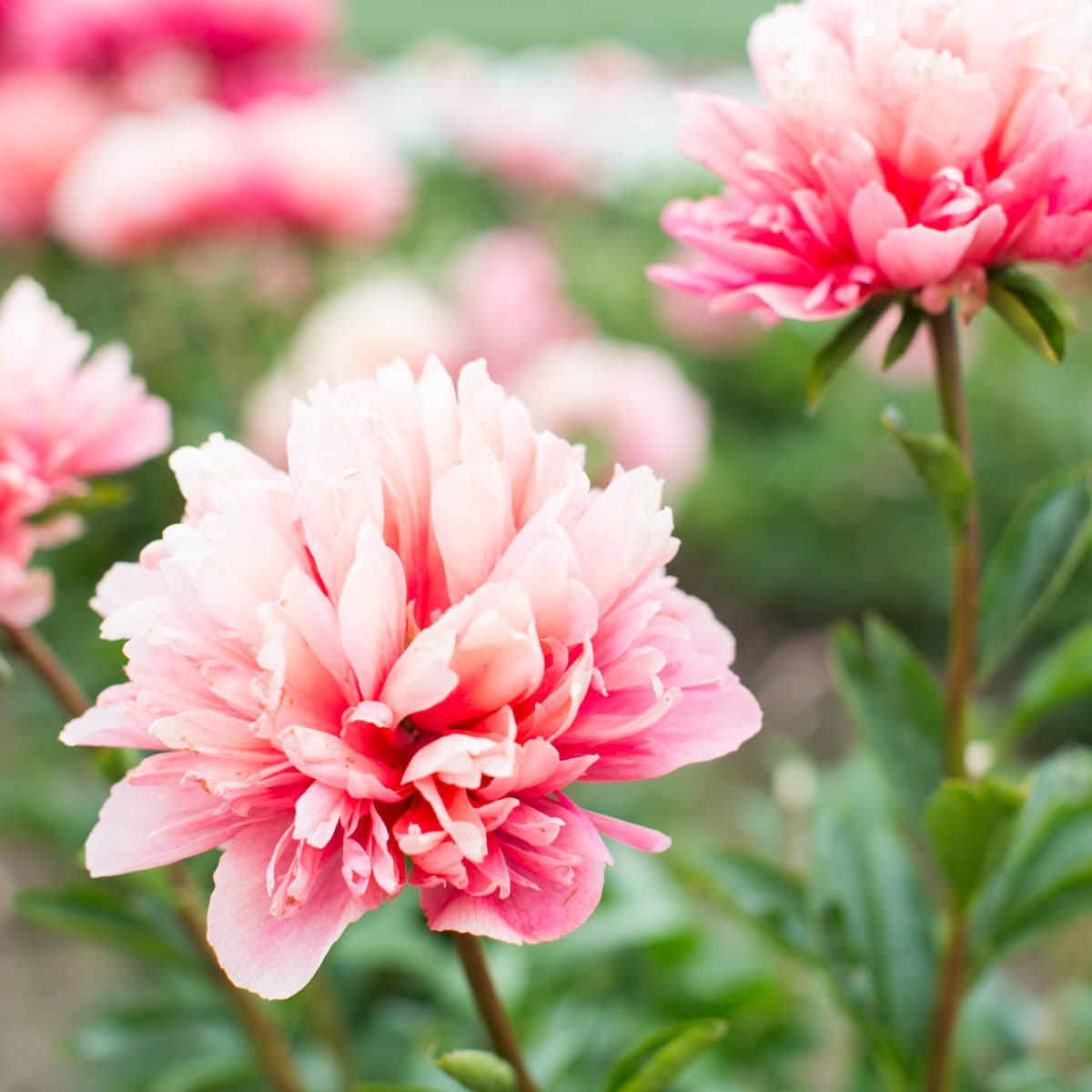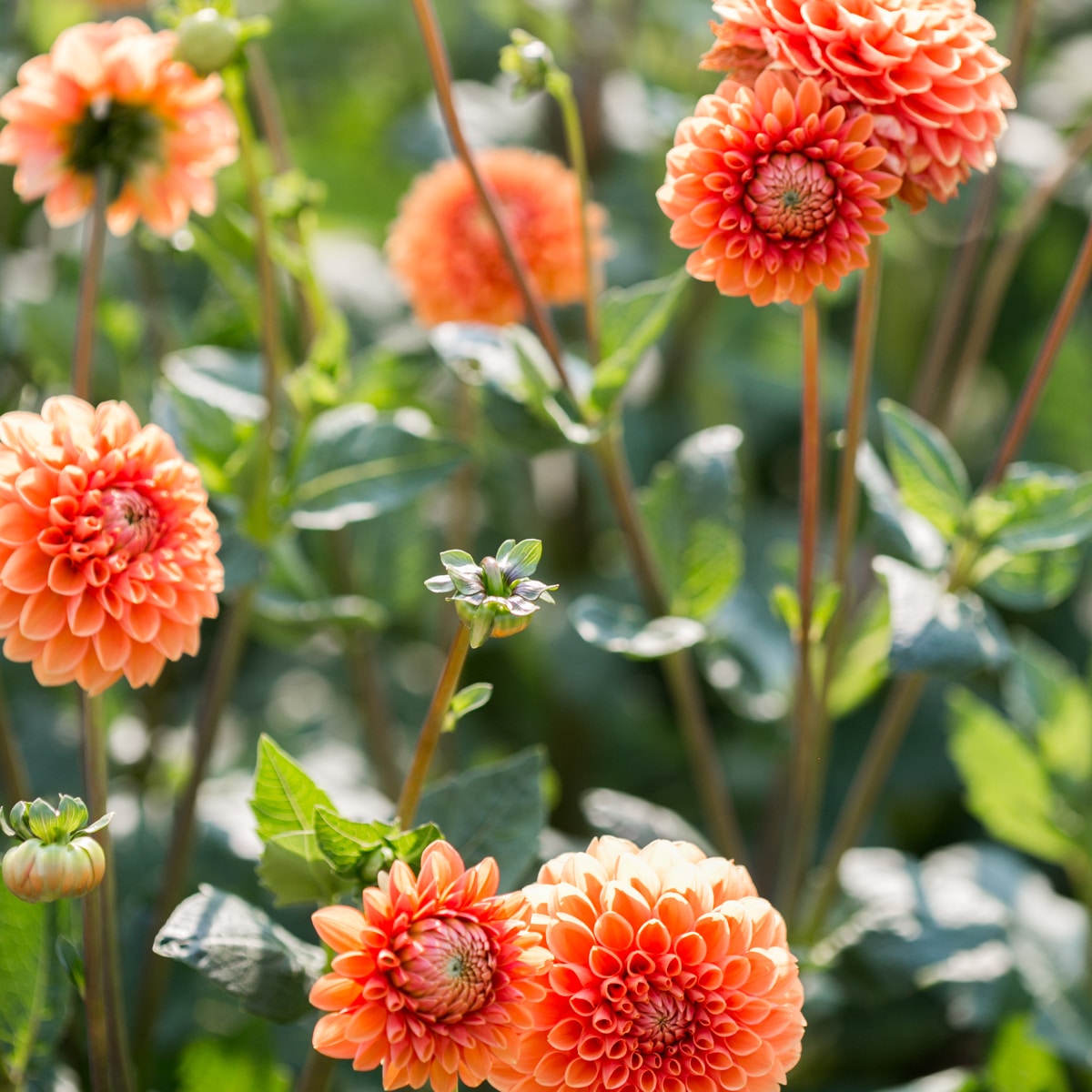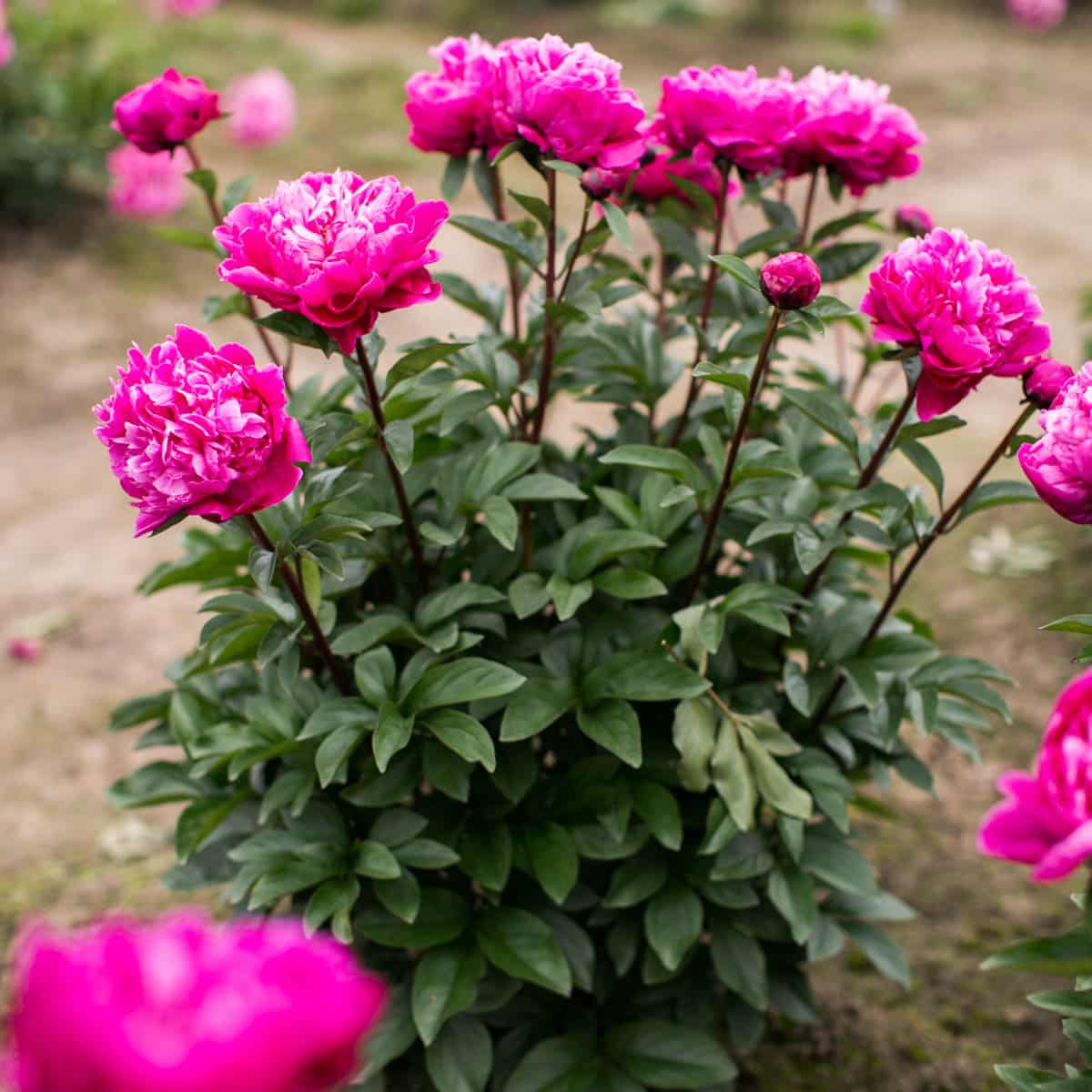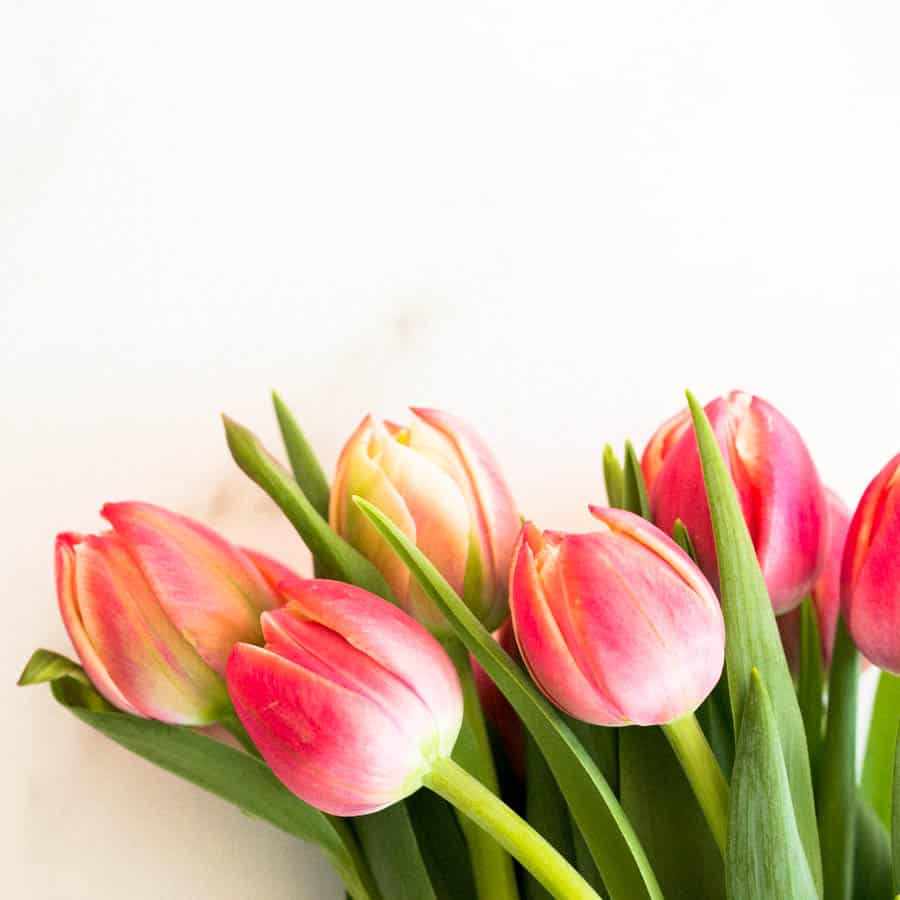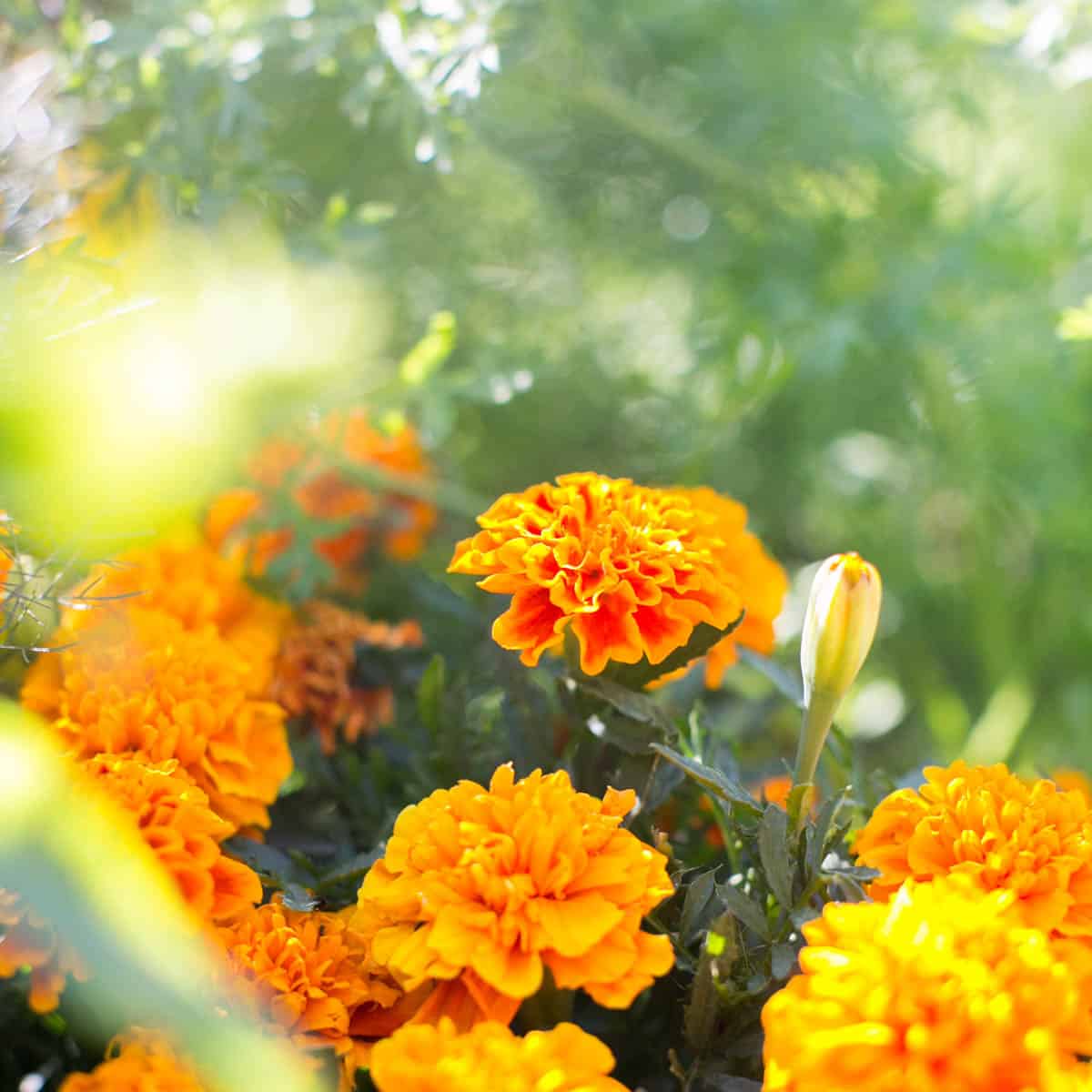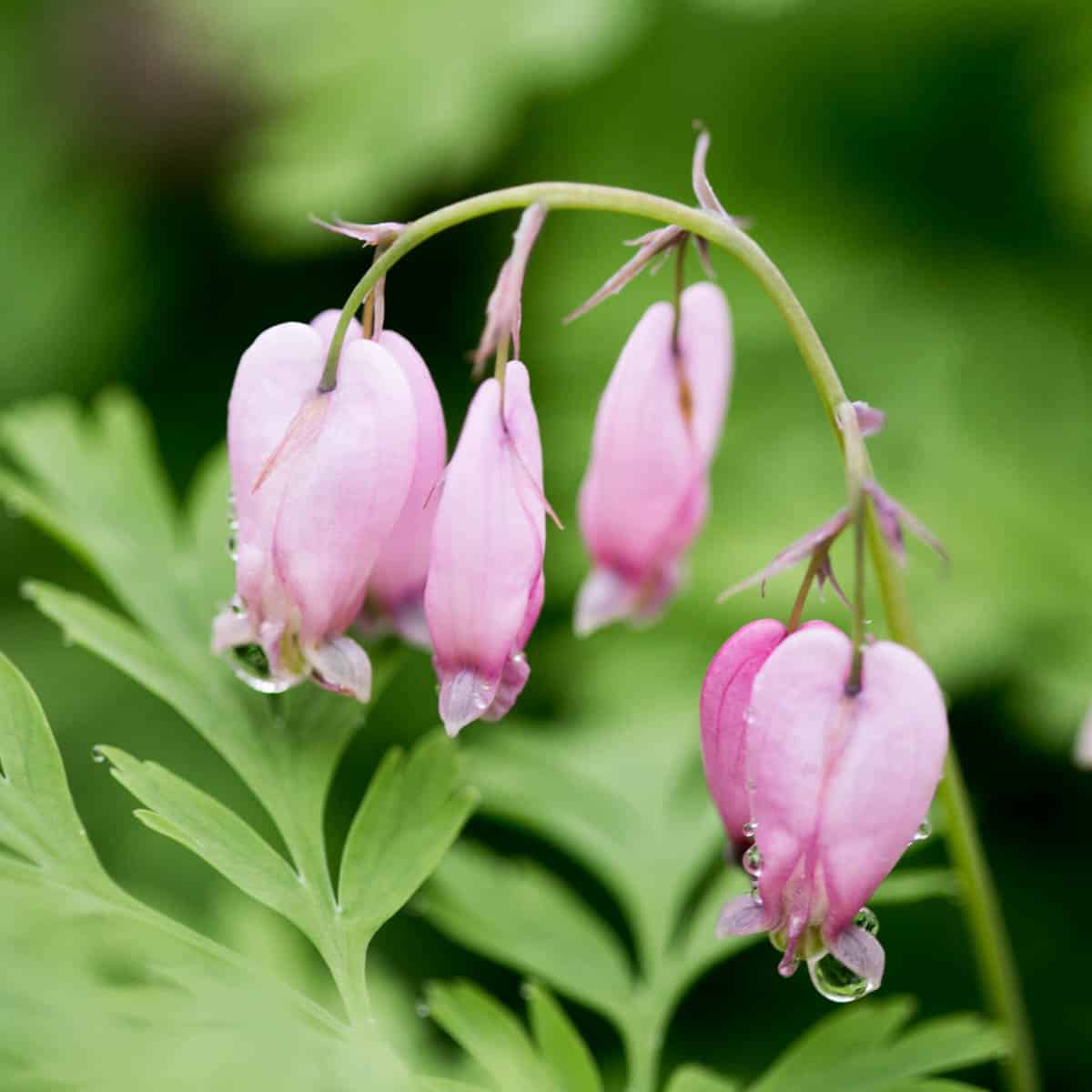How To Deadhead Sunflowers After They Bloom (Simple Steps)
Have you ever wondered if you should deadhead sunflowers? Read this complete guide to learn when and how to deadhead these gorgeous flowers after they bloom!
With vibrant yellow petals, sunflowers are famous for the cheerful beauty they bring to flower beds everywhere. But dead (spent) sunflower heads are droopy and a bit unsightly in the garden beds.
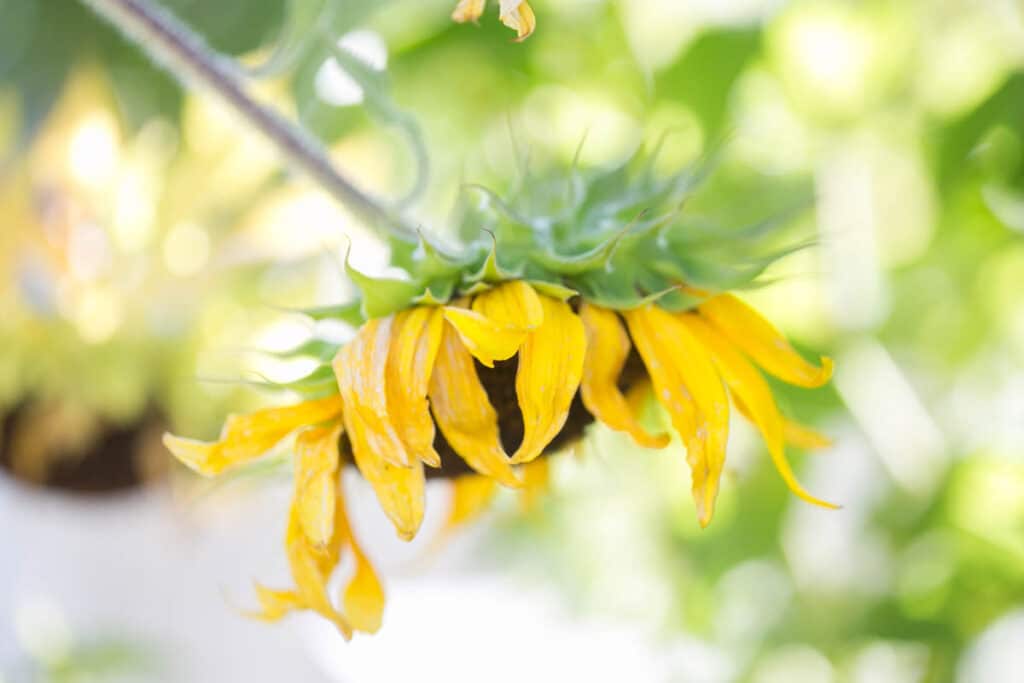
Whether or not you should deadhead the flowers depends on several factors, including the variety of sunflower and your intentions for the seeds.
There are several different varieties of sunflowers, and while they have different growth habits, almost all can benefit from removing spent flowers throughout the growing season.
But, not all sunflowers will produce new blooms just because they are deadheaded. In this article we’ll teach you how to remove spent sunflowers, and how to decide which variety is worthy of deadheading.

This post contains affiliate links. If you click through and make a purchase, we may make a small commission at no extra cost to you.
Should you deadhead sunflowers?
Deadheading sunflowers depends on the type of variety grown and your intentions for growing the flowers.
Sunflowers belong to the genus Helianthus annuus, consisting of gorgeous flowers with edible seeds that grow in over seventy different varieties.
Planted in mid to early spring, they range in color from red, vibrant yellow, orange and even black.
There are many variations: Giant sunflowers with the large sunflower heads, and smaller dwarf sunflowers that add lots of blooms to flower beds.
With all of these different varieties, there are a wide range of blooming patterns.
Most sunflowers have a determinate number of blooms they will produce- this means that the plant knows in advance how many flowers will bloom. Deadheading will not cause it to produce more blooms.
Deadheading will allow the plant to put it’s energy into the existing flower shoots, but for most varieties it will not stimulate new bud growth.
So this leads us to ask the question, do we still deadhead them? This really depends on what end result you want from your sunflowers!

If you want to save your sunflower seeds for eating, planting, or feeding the birds, deadhead them in late summer through fall, when the back of the sunflower has turned yellow with brown spots.
Let the sunflower complete it’s life cycle, resulting in a seed head full of delicious sunflower seeds. These seeds can then be saved for new sunflowers the following year, or eaten!

(Visit our guide for harvesting and roasting sunflowers here).
If, however, you want the plant to continue to look healthy and put it’s energy into any additional flower blooms, then you should deadhead the plant frequently throughout the summer months!
Deadheading + Different Sunflower Varieties
The deadheading process also depends on what variety of sunflower you are growing.
Sunfinity sunflowers, for example, will push out new growth and flowers all summer long when deadheaded, making them a popular choice among many gardeners.
Most other varieties, such as dwarf sunflowers or giant sunflowers, have a pre-determined amount of blooms.

Deadheading them will not encourage new growth, but it will support the growth of the sunflower buds that the plant is already producing.
Of course, you may also want to leave some sunflower heads on the stalk so that they can complete their life cycle and become seeds. These sunflower seeds can be dried and eaten, saved for the birds, or re planted next year.
If you are growing Sunfinity sunflowers, deadhead them regularly to encourage new blooms. Other varieties can be deadheaded to keep the plant clean in appearance and healthy.
Remember, you can always leave sunflowers to complete their life cycle naturally-some will become delicious food for birds and squirrels, while others may germinate next spring!
Benefits of Deadheading Sunflowers
Here are a few reasons you should consider deadheading sunflowers:
- Removing spent blooms allows the plant to put it’s energy into other blooms instead of into seed production
- Keeps the plant healthy and robust + helps prevent fungal diseases
- Deadheading will encourage new flowers to grow on certain sunflower varieties (like Sunfinity sunflowers)
- Some varieties will leaf out and produce a bushier plant when deadheaded (dwarf varieties will do this)
- Sunflower seed heads can be removed and harvested at the end of the season. The seeds can then be eaten!
Read our article on Teddy Bear Sunflowers here.

When To Deadhead Sunflowers
There are a few key signs to look for when removing spent flowers.
Sunflowers will give you a few clues saying “I’m done blooming!”. These are the signs that sunflowers are ready to be deadheaded:
- The head is hanging down and looks wilted and tired
- The flower petals have desiccated, dried up and/or dropped
- The back of the flower head has turned yellow with brown spots
- The plant appears scraggly and un-kept
- The sunflower seeds are full and robust
If you are harvesting sunflowers to eat, read this article on when to cut off the flower head to eat the sunflower seeds.
The sunflower bloom season can last all through fall, even up until the first frost. Therefore, the season of deadheading can last from mid summer to late fall- depending on when the seed was planted.
Tip: If you don’t want to eat the sunflower seeds, harvest them and put them in your bird feeders over winter. The birds will thank you!

How To Deadhead Sunflowers After They Bloom
Removing the dead flowers can be done any time from late summer to early autumn, up until the first frosts of fall.
Follow these steps:
- Use a small, clean pair of garden pruners. (Our favorite pair can be purchased here).
- Sanitize your pruners with rubbing alcohol to prevent the spread of disease
- Follow the stalk down to the first set of leaves
- Make sure you are not cutting off any new growth (growth nubs of flowers)
- Make a clean cut on the thick stalk of the sunflower
- Inspect the plant for healthy leaves and remove any leaves with damage or disease
- That’s it!

Notes: Do not cut the leaf nodes off, as this is where new flowers may be beginning to form. Removed dead leaves or damaged foliage from the sunflower at this time.
Deadheading Annual Sunflowers
Though perennial sunflower varieties exist, most backyard sunflowers are grown as annual plants.
This means that they begin their life cycle in late spring, spend the warm months blooming, then die in late fall when frosts set in. Annuals do not come back the following spring.

To deadhead simply follow the sunflower stalk down to the first set of leaves and remove the dead flowers with a clean pair of pruners.
How To Protect Sunflower Heads From Local Wildlife
Sunflowers are historically revered by Native Americans for their rich seeds. The dying blooms of the sunflower can be left on the thick stalk and harvested in late fall.
If you want any seeds left, however, you’ll have to protect the flower heads from local wildlife such as birds and squirrels. Even deer, mice and voles will go after the tasty seeds!
Here are a few effective ways to protect developing seeds from wildlife:
- In late summer to early fall cover the head of the flower with a paper bag
- Use fine bird netting to cover up the sunflower head
- Cut off the flower head in early fall- then hang it in a dry place, such as a garage
- Provide other food sources for birds to deter them from the sunflower heads
Learn about the rich meaning and symbolism of sunflowers here.
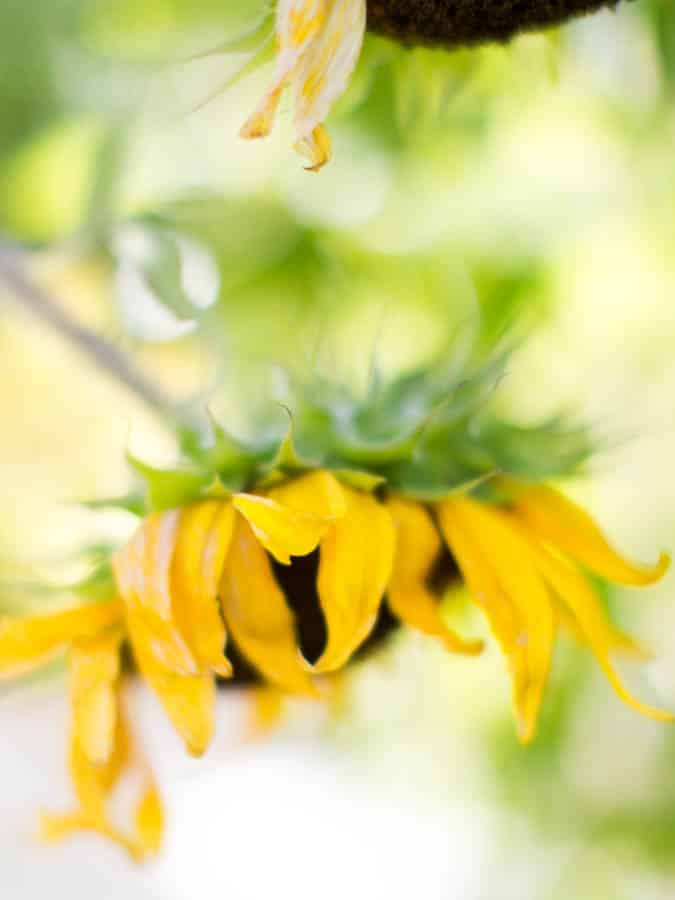
What To Do With Dead Sunflower Heads
So what can you do with your sunflower heads now that you’ve deadheaded them? It’s a good idea to save some of the seeds for the next year.
From there, eat the seeds, feed them to the birds over winter, and use the sunflower seed shells as mulch!
How To Cut Sunflowers For A Vase
Instead of deadheading, harvest your flowers earlier in the season and enjoy them in a vase! Dwarf sunflower varieties are perfect cut flowers and make a cheerful flower arrangement.
Tips for cutting sunflowers for a vase:
- Harvest in the early morning
- Make a diagonal cut across the sunflower stem
- To prevent rot, cut off any leaves that would dip under the water line in the vase
- Set the arrangement in the fridge over night to prolong vase life
- Keep your arrangement out of direct sunlight to extend the life of the blooms
Dwarf sunflower varieties are easy flowers to grow and their beautiful blooms make lovely cut flowers. Learn how to grow miniature sunflowers here.

Growing Tips
We love sunflowers and have a ton of sunflower growing tips on our blog! In a nutshell, here’s how to care for all types of sunflowers:
- Avoid clay soils when planting seeds. Look for loose, loamy, nutrient dense soil rich in organic matter. (Sunflowers can tolerate poor soil if need be- they are amazing!)
- Give your sunflower full sun (the more sun the better for healthy blooms!)
- Well-drained soil is essential: they will not thrive in soggy soil
- Space seeds well in order to prevent powdery mildew on mature sunflower leaves
Did you know? Wild sunflowers grow all over the United States and bring a natural, wild beauty to roadsides and ditches.
Find over 100 inspiring sunflower quotes here!
Final Thoughts
With bright yellow petals and rich green foliage, sunflowers are popular bloomers that grow all over North America. These vibrant yellow flowers have a long blooming period which begins in early summer and can last all through fall.
Deadheading old flowers from a sunflower stalk has several benefits. Removing flowers will encourage the sunflower to put it’s energy into new blooms and keep the plant clean and healthy.
Or, you can wait until the sunflower has finished growing it’s prolific seeds and harvest them to eat.
Let us know in the comments if you have any questions!
About the author: Jamie is a flower loving mom of 4. She spends her days homeschooling, whipping up meals and playing in dirt. When nap time comes, she writes about flowers and photographs beauty. Learn more about Jamie here... and read her article on macro flower photography here!

